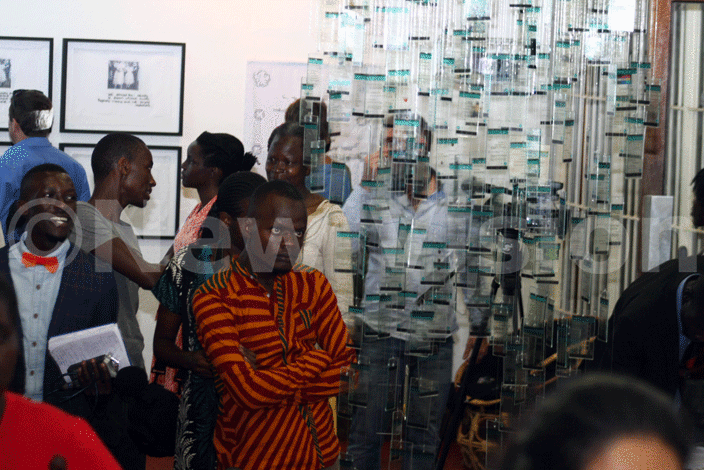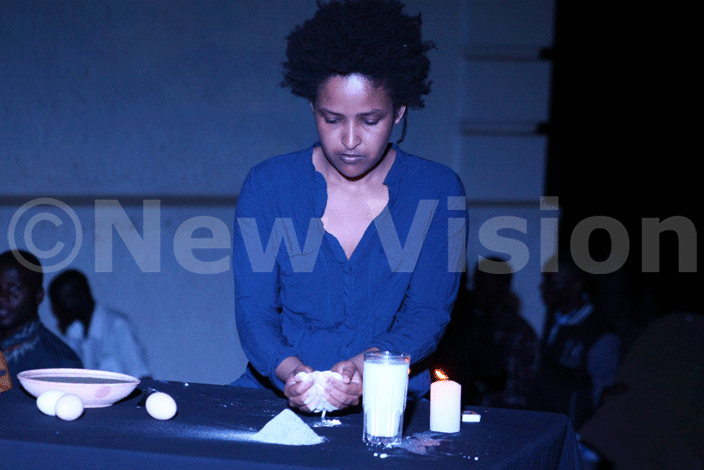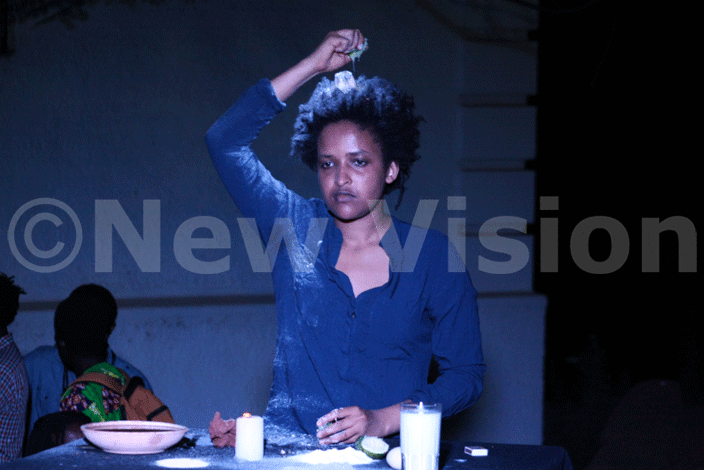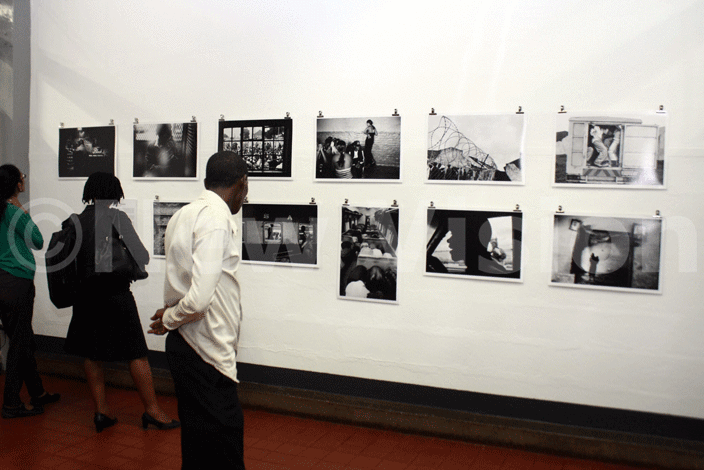Kabbo Ka Muwala, an artistic take on the thorny subject of immigration
The exhibition entitled Kabbo Ka Muwala (the Girl’s basket) is part of an itinerant art show depicting the various interpretations brought to the subject of migration and mobility by Visual artists from Eastern and Southern Africa.
YOU may have seen the powerful image of Alan Kurdi, the little boy whose dead body washed up a lakeshore in Turkey last year, or the huge rickety boat dangerously wobbling over the Mediterranean Sea with migrants on board. Very few subjects over the past year have been as poignant; as moving and disturbing as the migration crisis in Europe.
Closer home, the migration story had its fair share of heart-breaking episodes- with thousands of African immigrants to South Africa clobbered and burned to death by local people. Several people escaped the political tension from Burundi to seek refuge in Uganda, DRC and Rwanda. Zambia is still explaining a recent massive wave of xenophobic attacks on Rwandan nationals there.
But what is migration beyond the media framing? What is it in the African context? What does it really mean to be an immigrant? These are a few of the questions that the current art exhibition at Makerere University art gallery tries to grapple with.
The exhibition entitled Kabbo Ka Muwala (the Girl's basket) is part of an itinerant art show depicting the various interpretations brought to the subject of migration and mobility by Visual artists from Eastern and Southern Africa. The exhibition is jointly coordinated by the National Gallery of Zimbabwe, the Makerere Art Gallery in Kampala, Städtische Galerie (Municipal Art Gallery) Bremen, and Carl von Ossietzky University Oldenburg, Germany.
 Guests and viewers converge during the opening of the Kabbo ka muwala art exhibition in Kampala
Guests and viewers converge during the opening of the Kabbo ka muwala art exhibition in Kampala
The exhibition kicked off in February at the National Gallery of Zimbabwe in Harare, Zimbabwe from February 4 - April 4. It is now in its second phase at Makerere Art Gallery (April 14 - June 12) from where it will continue to Städtische Galerie Bremen, Germany (September 24 - December 11).
Kabbo Ka Muwala
Kabbo ka muwala employs a cultural metaphor borrowed from a popular traditional marriage practice in Uganda's central region (Buganda) to explore the multifaceted nature of migration and mobility.
"It refers to the Ganda marriage practice where a bride returns to her parents with gifts from her husband's parents. Equally, upon coming back to her husband she carries gifts from her own parents, says Dr. George Kyeyune, director of the institute of heritage, conservation and restoration at Makerere University. Kyeyune says that like Kabbo Ka muwala, migration is about losing and gaining something. "As they pick something new, migrants lose aspects of their past to become new beings," he said.
Anna Kucma, Assistant curator for Kabbo ka Muwala exhibition in Kampala
This exhibition offers a rich collection of works in different genres by 20 of some of the most notable visual artists from the Southern and Eastern Africa region. Photography, videos, sculpture, performance and installation all come together to unravel layer after layer of the complex phenomenon that is migration.
Xenson and Mali
Uganda is well represented in this exhibition by two talented visual artists. Immaculate Immy Mali and Xenson Ssenkaaba. In her installation entitled Virtually Mine Mali contemplates the new essence of her own love relationship following the departure one year ago, of her boyfriend to the United Arab Emirate for work.
As she turns to her Sony Xperia COO2 cell phone, social media and other electronic means of communication to connect with her loved one, she presents the multi-faceted nature of migration on our society. She gives a broader meaning to what migration and movement is all about.
 Visitors admire Immaculate Mali's work called "Virtually Mine"
Visitors admire Immaculate Mali's work called "Virtually Mine"
It is about finding new ways of coping; of making meaning out of life, even love. The installation depicts glass replicas of her telephone whatsapp chats with her boyfriend ingeniously woven into an image of a man as played out in her own imagination.
Xenson uses powerful cultural symbols such as the backcloth (Lubugo) - a common traditional fabric in Central Uganda, coffee beans, board game seeds (empiki) and tiny little baskets to depict the unpredictable nature of movement and migration.
 "Musisi(earthquake)" the Mixed media installation by Xenson Ssenkaaba
"Musisi(earthquake)" the Mixed media installation by Xenson Ssenkaaba
The backcloth is laid out bare in the gallery front yard, stitched with pieces of raffia and sprinkled with small baskets of empiki and coffee beans. ‘The little baskets represent the carriers, boats and other means of transport that immigrants use," Xenson explains.
He names his work Musisi(earthquake) perhaps in reference to the shaking and usually displacing nature of the natural disaster and migration. But also implicitly triggering our consciousness to one person that has caused many movements within Kampala city: Kampala City Council Authority's Executive Director Jenifer Musisi.
Beyond the Ugandan artist, each of the others from different parts of Eastern and Southern Africa bring their own experiences of migration in touching and tickling ways. From Angolan artist Nastio Mosquito's 3 continets, 2010 single channel video on identity to Anke Fisher's collaborative video on refugees in Nakivale settlement to Jodi Bieber's photo series on migration in South Africa entitled going home-illegality and repatriation. All participating artists use their experiences and talents to enrich the narrative on movement, migration and its implications for Africa. At the end, you walk away from this exhibition with a broadened mind but also several questions about this very tricky theme.
 Helen Zeru, Ethiopian born artist demonstrates how she does her work
Helen Zeru, Ethiopian born artist demonstrates how she does her work
 Viewers admire Jodi Bieber's photo series on migration in South Africa entitled going home-illegality and repatriation
Viewers admire Jodi Bieber's photo series on migration in South Africa entitled going home-illegality and repatriation